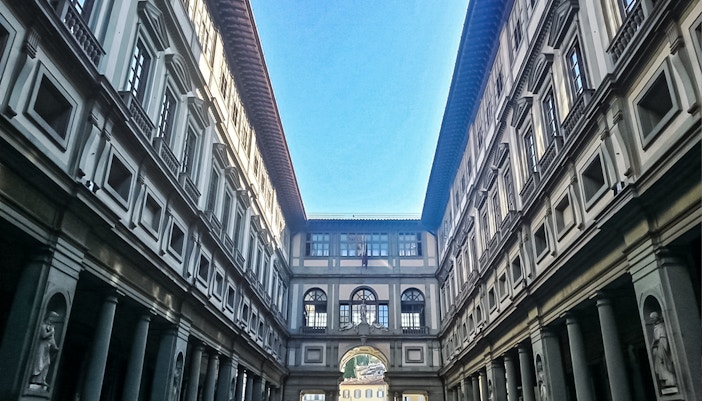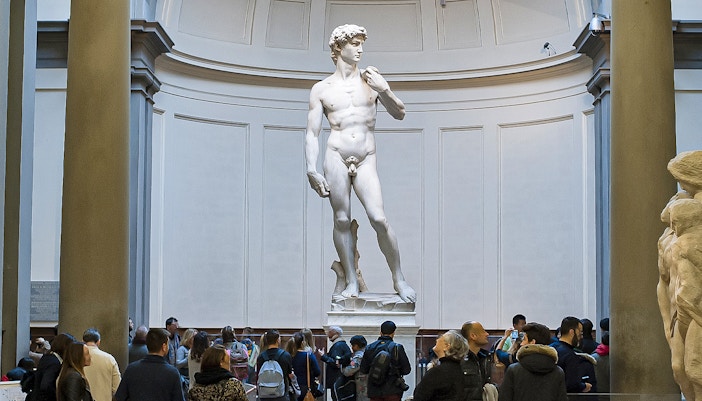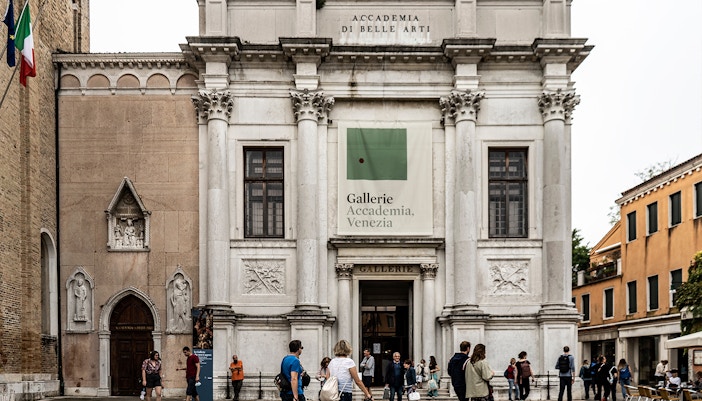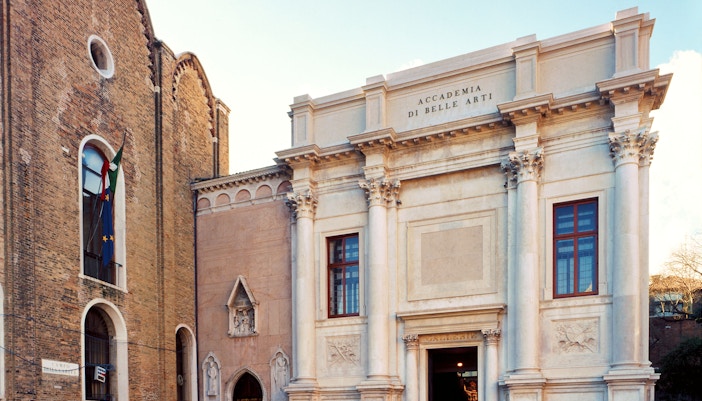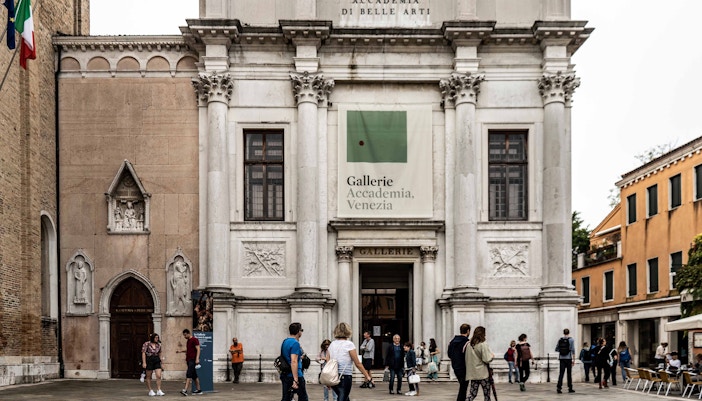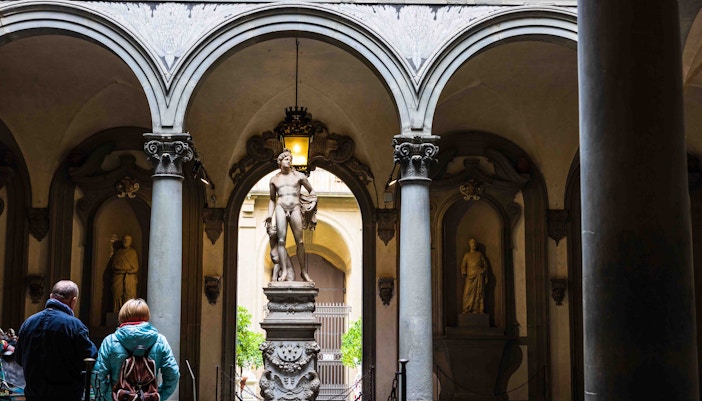Establishment as an Academy for Artists
The Accademia Gallery was founded by Grand Duke Peter Leopold of Tuscany in 1784 as a teaching facility for the students of the Academy of Fine Arts. The Gallery was built on the spaces of the Hospital of Saint Matthew and the Convent of Saint Niccolo’ of Cafaggio. The walls of this place initially displayed the antic artworks which acted as didactic models for the students. It became a space for young artists to learn and practice their craft.
